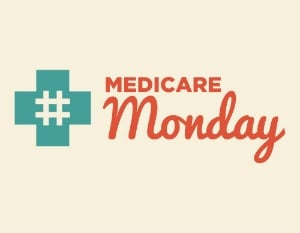 Earlier this year, we examined research that shows Part B spending continues to be a small, stable share of overall Medicare spending. Today, we’re looking at the trends in Average Sales Price (ASP) and how market competition manages program costs year over year while ensuring beneficiaries have access to the treatments they need.
Earlier this year, we examined research that shows Part B spending continues to be a small, stable share of overall Medicare spending. Today, we’re looking at the trends in Average Sales Price (ASP) and how market competition manages program costs year over year while ensuring beneficiaries have access to the treatments they need.
As you may recall, ASP is the market-based pricing method in Part B that reflects the weighted average of all manufacturer sales prices in the private market. It includes the rebates and discounts manufacturers and purchasers privately negotiate and is updated quarterly to keep pace with changes in the market.
New research from The Moran Company found that despite seasonal changes within each of the years of the analysis, overall, volume-weighted ASP for all Part B medicines – a metric that takes into account broader market dynamics – has remained steady from 2007 to 2017. Building on a 2016 report, the analysis compared volume-weighted ASP to the Consumer Price Index for Medical Care (CPI-M), a measure of the average change over time in prices for medical care that is often used as an indicator for inflation. It found that while CPI-M has gradually increased from 2007 to present, volume-weighted ASP has remained stable and maintained a flatter line than CPI-M.

Because Part B provides coverage for many cancer medicines, Moran also compared the volume-weighted ASP of oncology medicines to non-oncology medicines. Although the volume-weighted ASP was higher for oncology medicines, it has consistently remained comparable to medical inflation.
Based on these findings, Moran concludes “prescription drugs and biologicals are not a key driver of increased costs for the Medicare Part B program.” The cost of Part B medicines is instead influenced by broad marketplace dynamics, such as competition among products in the same therapeutic class and recent generic entrants. It’s important to consider the impact of these changing marketplace forces to get an accurate analysis of the cost of prescription medicines in Part B.
Learn more here about how the Part B market-based pricing system ensures patients have access to complex, innovative medicines.





